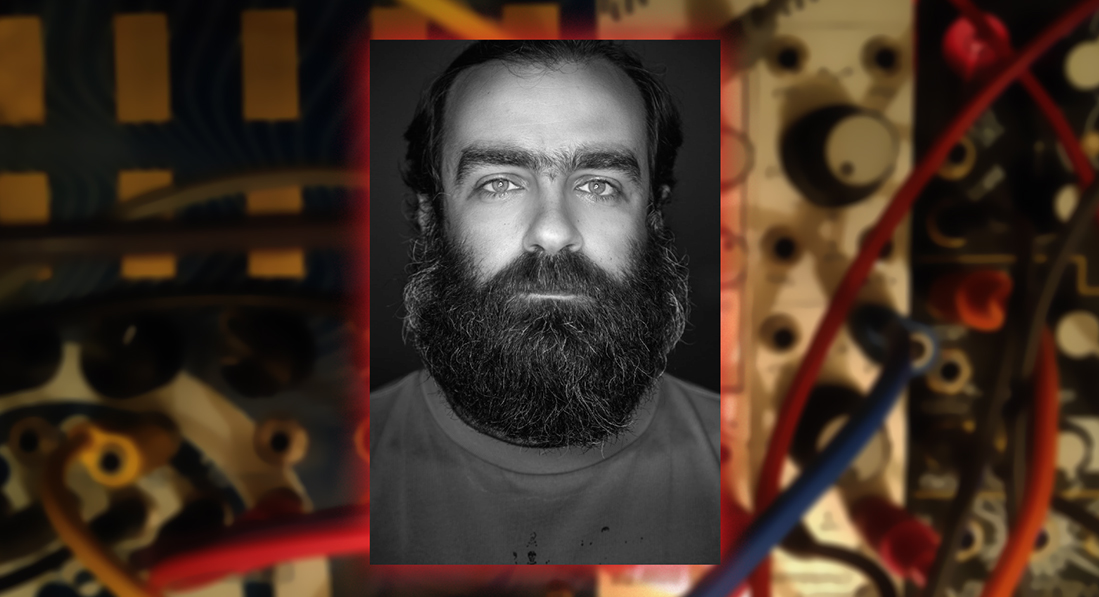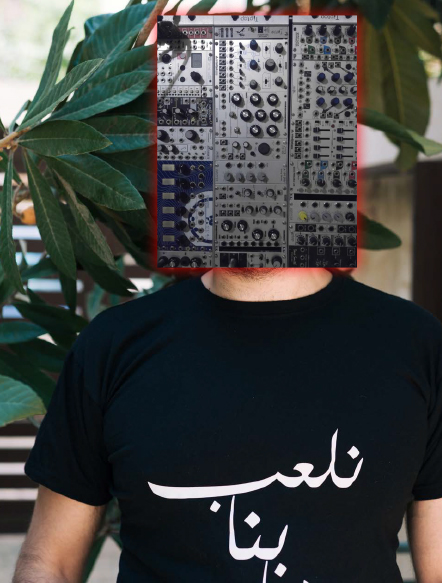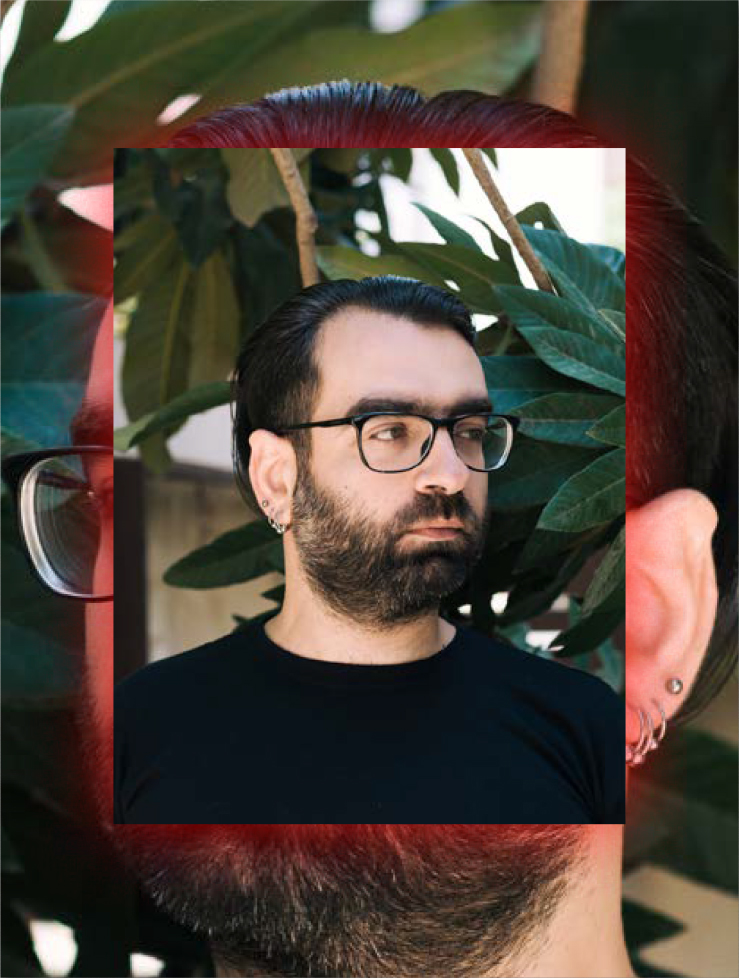
HI— So I’m going to jump straight into the most burning question that I have, and it has to do with the relationship between analogue and digital. Some people are adamant that they stick to only analogue, and they fight for it with their lives. So what’s your take on this? What’s your preference and why?
ZM— I generally don’t have a take on analogue or digital. Each has its pros and cons. As in, you can get really good sounds using only digital, and you can get really good sounds using only analogue. The only thing with analogue is that it can be sometimes limited, which can be a positive thing: to limit the creative process and not get lost into the world of digital, as digital is open to everything and can include anything from samples; to wave tables; to shaping any kind of filter you want; to using a laptop as your instrument. If you can make great sound using digital, that’s great; if you can do it analogue, that’s great too. It’s the same as DJing with vinyls or DJing on a laptop. If you can get the groove going, if it’s happening, it’s happening.
HI— But in your live performances, do you have a preference? Does something excite you more about one versus the other? All these wires, for example?
ZM— All these wires are actually connecting digital modules to analogue modules and vice versa. There is MIDI in my live setup which is a digital interface. There’s a digital reverb that sounds really good. There’s a digital delay that sounds really good. The only thing I don’t use is a laptop because I had a few crashes, and I don’t like things to crash [laughs]. But yeah, in the modern world, it’s not strictly analogue. I have a MIDI interface, digital sequencers, a digital LFO ADSR... So basically it’s a hybrid setup. Even the drum machine that I use is half analogue, half digital. It’s digitally controlled with analogue features—digital oscillators and analogue oscillators—so it’s a mix of both.
HI— In 2017, you co-founded Woodwork, so you also work as a studio engineer. Although for the sake of this interview we are more focused on you as a musician and a DJ, there is another part of your work which is being a music producer, studio engineer, and also a lecturer giving workshops and training others on various software and different kinds of instruments. Of course, this kind of work will give you encyclopedic knowledge of how to use all of these instruments, all of this machinery, how to work with sound, and everything that has to do with mixing and mastering. Could you tell us a bit about how your studio work feeds into your work as a musician?
ZM— I learn something every day. I always discover new things at the studio and new mixing techniques while DJing. Or, for example, how two tracks may work while listening to them while I’m DJing.
HI— Could I ask what preceded the other?
ZM— What came first? Making music. And then moving into mixing the music I’m working on, and then I started mixing other people’s music. This is how it all started. But yeah, it’s interesting to know how a band works for preparing a live set. What is the job of the drummer? What is the job of the bassist? What is the job of the guitarist? And to know how to mix them together on Protools and on the interface or on the mixer. And then, taking this concept to play live: instead of a drummer, I have a drum machine; instead of a bassist, a base with a sequencer; instead of a lead guitarist, there’s the lead synth with its own sequencer. I know how things work in some construction and how to apply them live. There’s always stuff to learn while listening to parts or multi-tracks of musicians—like how they do their fills. For example, how do drummers fill up the spectrum of their own drum sequence? Same thing for the bassists; same for the guitar set. It’s a good approach to be all these band members in one person.
HI— [laughs] Talking about multiple band members…
ZM— [laughing] And I kicked out the singer; I used to have a singer in me.
HI— You have many monikers. You have Anthon Stator, Brother Laura, Mocques, Saul Default, Both Ends Work, and others like Tres Milliones Dollares
ZM— Yeah that’s the band with Tony.
HI— -and Escalier 301B. So there’s, on one hand, different Ziad Moukarzels, and there are also lots of collaborations with different people like Tony Elieh, Akram Hajj, and others. And now I saw you’re also playing with Radio KVM. So what’s with all of these…?
ZM— Before, I thought that if I was making noise, like noise and drone, I should stick to a moniker, and I shouldn’t use that moniker if I was making house and techno, dubstep, or hip hop. So I started creating monikers until I got bored of that whole thing, and I stuck to my name. In 2018, I quit all of the monikers. But with collaborations it’s always interesting to see how other people work. Your input to their work and their input to your own always opens new doors, even if it’s just one idea or one thing.
HI— Are the collaborations also driven by your wanting to explore different genres of music?
ZM— Yes. Exploring different genres of music—not strictly genres but different spectrums of sounds. Like how to work with a synth and drums; how to work with a bass—how Tony works with his bass. It’s freeing from a constructed format of genres.
HI— To go back in time, you said you started off as a musician before you delved into the specialization in sound. Tell us a little bit about your early influences: who were you listening to as a kid growing up? What kind of parties were you going to? Were there other musicians, not only internationally but also locally that you looked up to? What were the formation years of your interest in music?
ZM— It goes a long way back. I don’t know where to start [laughing].
HI— [laughing] Lie down on the couch.
ZM— Yeah, I should. I don’t know if it was the metal days, the grunge days, or then the trip hop days. In the 90s—before the 90s, I used to have a neighbor who was a metal head, and I used to visit him. I was 9 or 10 years old. He used to get video tapes with clips of Judas Priest and Iron Maiden and then later on Cradle of Filth and all of those. So I used to listen to those, and it was quite interesting to not understand anything that’s going on, but the sound was huge.
Then, in ’94 or ’95, I started listening to Nirvana—’96?—I went to a concert—’97? I can’t remember. Anyways, I was following up on this grunge scene that came after Kurt Cobain died and in the end sucked really bad. Then, I discovered hip hop through trip hop—through Massive Attack and Portishead and Tricky. And it goes on. Every once in a while I change what I’m listening to, but recently, I can wake up and listen to metal and then listen to techno and then maybe some Algerian singer doing his thing and then…
HI— But what about—
ZM— What got me into this?
HI— Of course, there’s this spectrum of kinds of music that you play. But if we want to put some labels—if we want to think about electronic music, or if we want to think about dance music, let’s say club music. Where did this start, for example? Do you remember the first parties that you went to? Seeing DJs that influenced you—this kind of stuff.
ZM— I went to a rave in the Grande Theatre in Beirut.
HI— I was there.



ZM— There were two, back to back.
HI— This is late 90s, early 2000s.
ZM— I can’t remember much, but it was quite a thing. I think Munma was playing there at the first one. It was really interesting—they gave out the tapes of mixes. I used to have the tape until my parents sold the car, and it was in the car. So somebody has this tape [laughs]. I really hope that they’re enjoying themselves listening to late 90s music.
Then, I got into jungle and drum and bass—it was either jungle and drum-bass or trip hop and very Bristol shit. So that was early 2000, and then in 2005, I was exposed to—of course I went to Tiesto when Tiesto came because everybody went. But then Basement opened—or Basement opened first, and then Tiesto came? I can’t remember much. But yeah, that was the first encounter with 4-4 beats which were good. Early Basement days were really good. With Cesar K, Diamond Setter, and Jade.
HI— And this is the time when you felt that this is what you wanted to do?
ZM— Yeah, it was, but at the same time, I was being exposed to this new genre: dubstep. It was quite interesting to have just like [hums slow beat] and then to have people dance to that. After that, I started making music with Munma. We had a project called Index Left which lasted from early 2008 until 2010. We used to play a live electronic-dubstep kind of hybrid. This is how I started to get deeper into making music. I used to do some stuff on my computer at home. I bought my first groove box in 2007. I started making music on Fruity Loops back in 2003 or 2004. and Acid Pro [laughs]; Sony Acid Pro. It was really great.
HI— And today, are there people that you still feel are very influential in your life or in your work—people who you constantly go back to and listen to?
ZM— Not necessarily because with this type of music, it’s very fast. It grows fast, and it disappears. You go back to a genre, a specific mood, or a style of playing. But recently, I’m really listening to a lot of industrial techno or the harder techno: people like Perk and Paula Temple and Blawan. Blawan used to do kind of a dubstep thing. So going back to someone—I don’t know. There are a few tracks that I still listen to every once in awhile—like the old acid house tracks, the early techno stuff, Cybertron, electro Detroit thing, hardcore, French core. Yes, I go back to those.
HI— In one of your bios you say that you’re musically fluid. I think everything we’re talking about is really pointing to this. There is a mix of different kinds of instruments, machines, sounds, genres of music, collaborations, and names. I am getting this impression of you—which I hadn’t noticed so much before—that you want to be many different people at the same time; you want to try so many different things. I think it’s quite rich and enticing to see this. Even now, when you’re talking about your influences—even as far back as all of the death metal.
So what can you tell us about the scene in Beirut? Of course, you play everywhere. Whether it’s a small bar where you’re DJing, the festivals, or the notorious big clubs. How do you feel the scene is?
ZM— The scene is doing well, I think. It’s good. I don’t know if it’s doing well financially. It’s very diverse. If you just look at it from outside, you think it’s just people going out, and it’s boring. But if you delve a bit more, you can see that there’s a lot of people trying to make their own parties; there’s a lot of people who don’t go clubbing, they just go to the parties that they’re organizing. There’s different clubs; there’s different vibes to different clubs. There are the headliner clubs that we know, and even the headliner clubs have their backrooms which are quite interesting. Like Grand Factory has Reunion and Soul Kitchen. The Garten has the Backgarten—which plays house basically, but it’s nice to be diverse in the club. I think they are all following what Ballroom did, kind of. But Ballroom was very blatant: we are three rooms. Boom.
HI— So it’s a healthy scene?
ZM— It’s a healthy scene, yeah. Especially with the presence of Frequent Defect who are offering a very alternative view. Their crowd is really interesting. It’s a bunch of people that really go there for the music; they don’t care about showing off that they are there, but they just enjoy being there. It’s great to see that there are a good 500 people who truly like to party like they want to party. The Frequent Defect people—other than techno—they organize the dark wave EBM parties and recently the Grime parties. They did two this summer. I’m looking forward to the third. So yeah, the scene is doing well. Well right now, we miss Ballroom. We were talking today; we miss Ballroom.
HI— In a month.
ZM— It’s very healthy to have different rooms in a club.
HI— On this note, could you describe to us what you’re looking for in a party? What’s the dream kind of setup for you?
ZM— For what?
HI— For playing music. I mean, what’s your preferred or favorite kind of setup? Would you rather play in an outdoor, daytime, huge-crowd kind of festival thing or a smaller, more intimate setting?
ZM— I’d rather a smaller, more intimate setup, of course. I think at a huge festival there’s no connection between the person who is playing, the music, and the crowd. So there’s three disconnected things. They try to fill that up with lighting, but sometimes it doesn’t work. In an intimate setup—in a smaller room, let’s say a maximum of 700 people—you can actually see the people dancing or talking. You can ask them for a cigarette [laughs]. And they can see what you’re doing, if you’re playing live. It’s interesting to see people watching and trying to understand what you’re doing. They’d be wasting their time because they won’t be listening to what’s going on, but anyway, it’s their trip.
HI— Who is the most exciting Lebanese DJ for you today?
ZM— The most exciting Lebanese DJ for me today is—well, there’s Renata because she always surprises me. It’s really rare that she doesn’t surprise me. And when she doesn’t surprise me, she’s really good. So that’s amazing. Other DJs…there’s a lot. But somebody I go watch—who?
HI— Sary Moussa?
ZM— Sary isn’t a DJ.
HI— Yeah, he plays live of course.
ZM— He plays live. Aia Atoui, when it comes to hip hop and grime. She just searches a lot in that genre; she always tries to outdo herself. And I think she gets sick after playing, after DJing—it’s quite interesting. She puts all her health, mental state, everything into what she’s going to play.
HI— Do you try to go to the big, international music festivals?
ZM— Outside of Lebanon?
HI— Yeah.
ZM— No. It doesn’t really interest me because, as I said, when you go to a festival—I would go to Atonal, for example, or CTM. Or there was one in Lithuania, I think, that I would go to. But other than that, “big room, big names” doesn’t really interest me. Unless they are small room with a selected…
HI— They do! For example, in Sonar there are seven different stages. One of them is huge and then the others are quite small.
ZM— Yeah, Sonar—I would go to Sonar.
HI— I’m going to skip my next question because it’s boring. My last question is: you’re part of a compilation, Questions of Worry, but when is your own album coming out?
ZM— When I decide to stick to one moniker [laughs].
HI— [laughing] But you did! You decided last year—2018.
ZM— Yeah, but it’s not…the moniker is the genre so. I don’t know. Soon. Soon.
HI— Is it the case that because you already have the studio and everything’s ready for you, it just takes more time?
ZM— Yeah, I don’t know. I really enjoy playing live; I enjoy things that are momentary more than recording something. If I listen to my live sets, usually I think that they were really bad. But at the time, when it’s happening, it’s actually quite good because I can see that people are reacting in a positive way, and some people shout, and it’s good. But then, when I listen to the recording it’s like: “Yeah, okay.” [laughs] So I don’t know. If I record an album, and it would be “Yeah, okay,” I wouldn’t enjoy having the album or even promote it. But yeah, I’ve been doing something called “Morning Routines” which involves me doing routines on the setup that’s actually at home now. I do it just to scratch out and write down ideas. So maybe I’ll do an album soon. I’m not sure.
HI— Any finishing notes?
ZM— Any finishing notes….
HI— [Laughing] Is there anyone you want to thank? Parents? God?
ZM— No [laughs]. Neither. No, actually, if I have to thank someone it’s the scene that has been going on in Beirut the last seven, eight, nine years. And the people who are eager to listen to new music always; maybe they are few, but they are pushing other people to actually make music, and it’s happening. We don’t have the Beirut sound, and I don’t think there should be something called the Beirut sound. There’s a lot of producers in Beirut that are working—either hard or not so hard—on making their own sounds.
